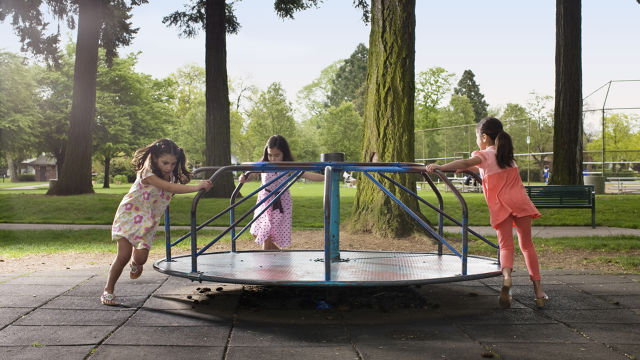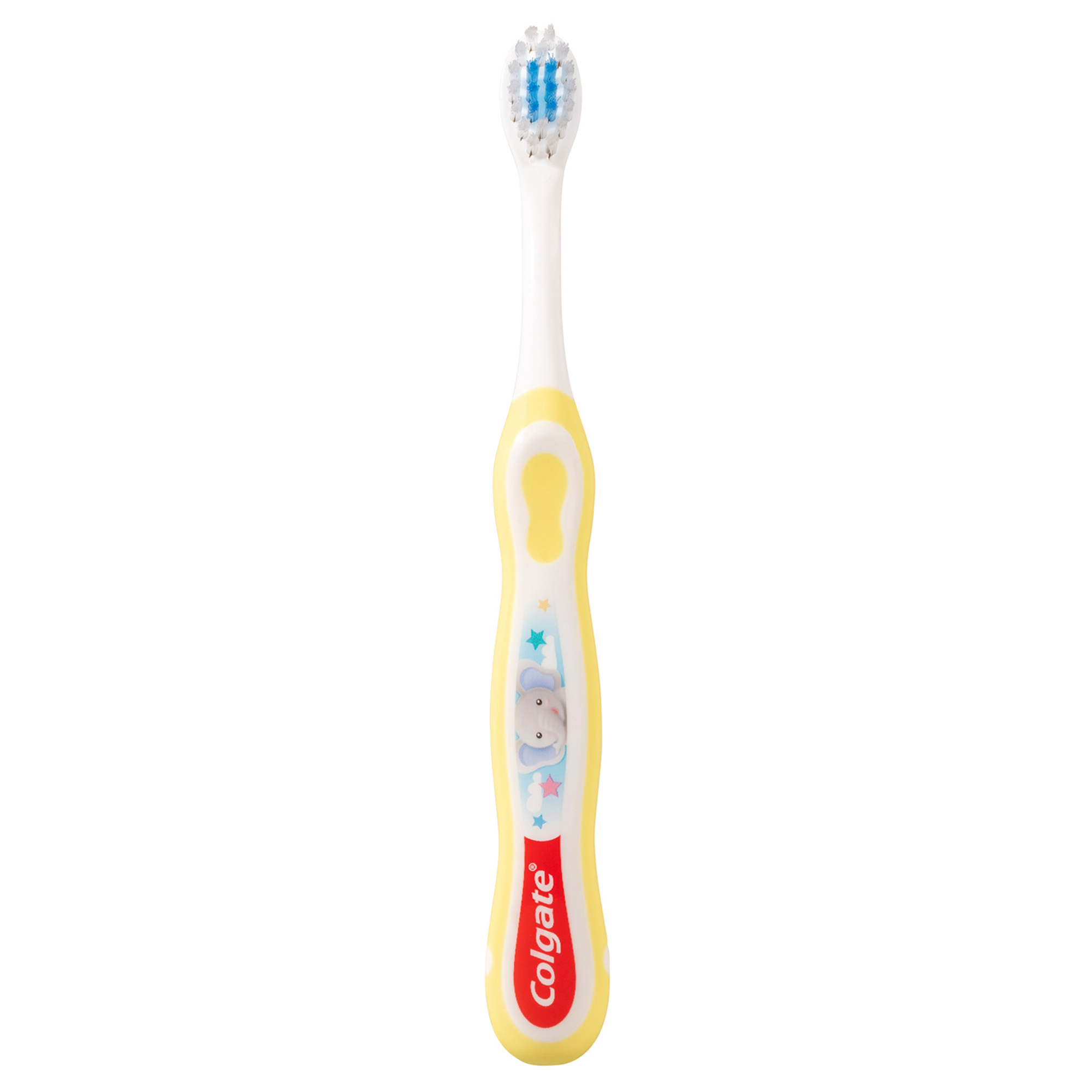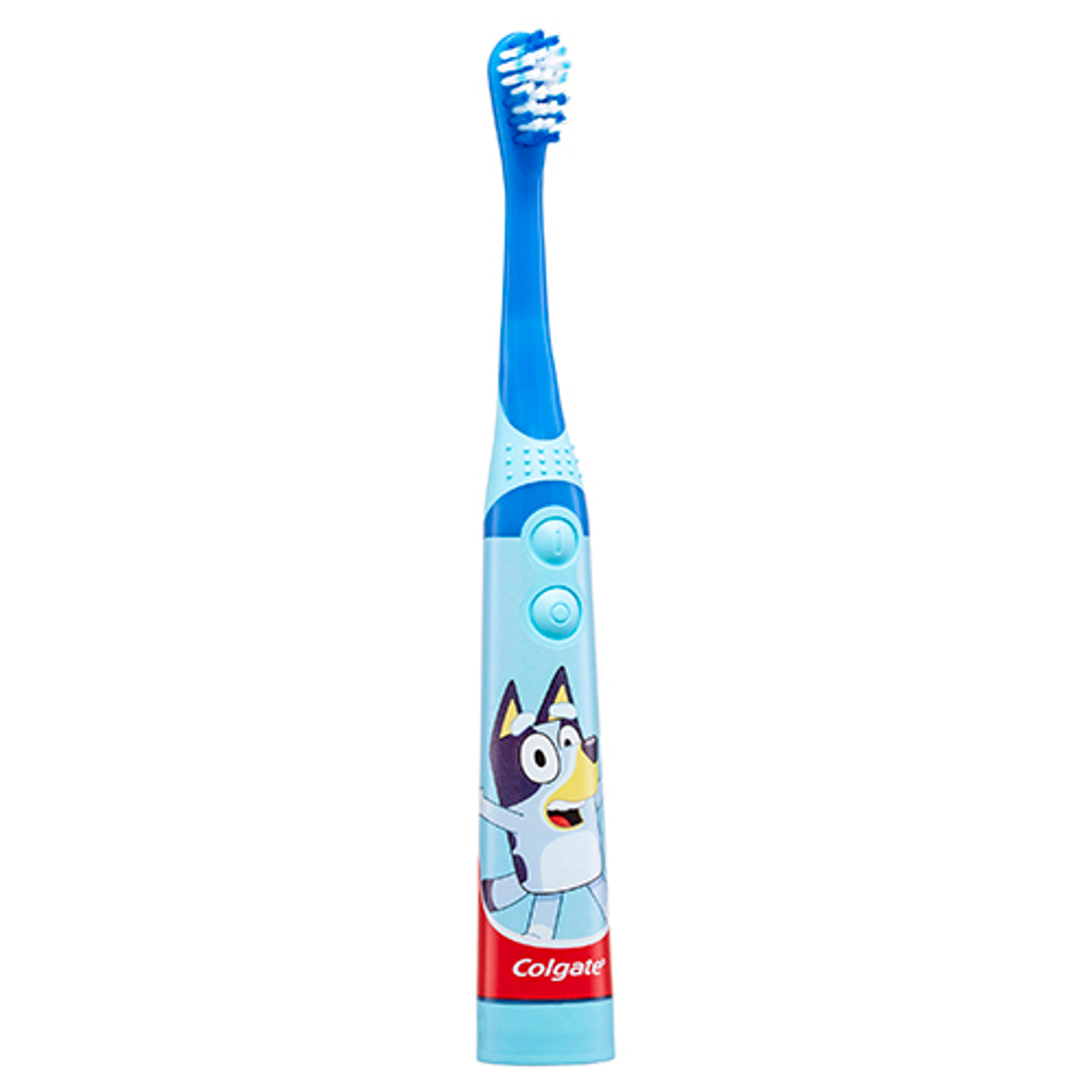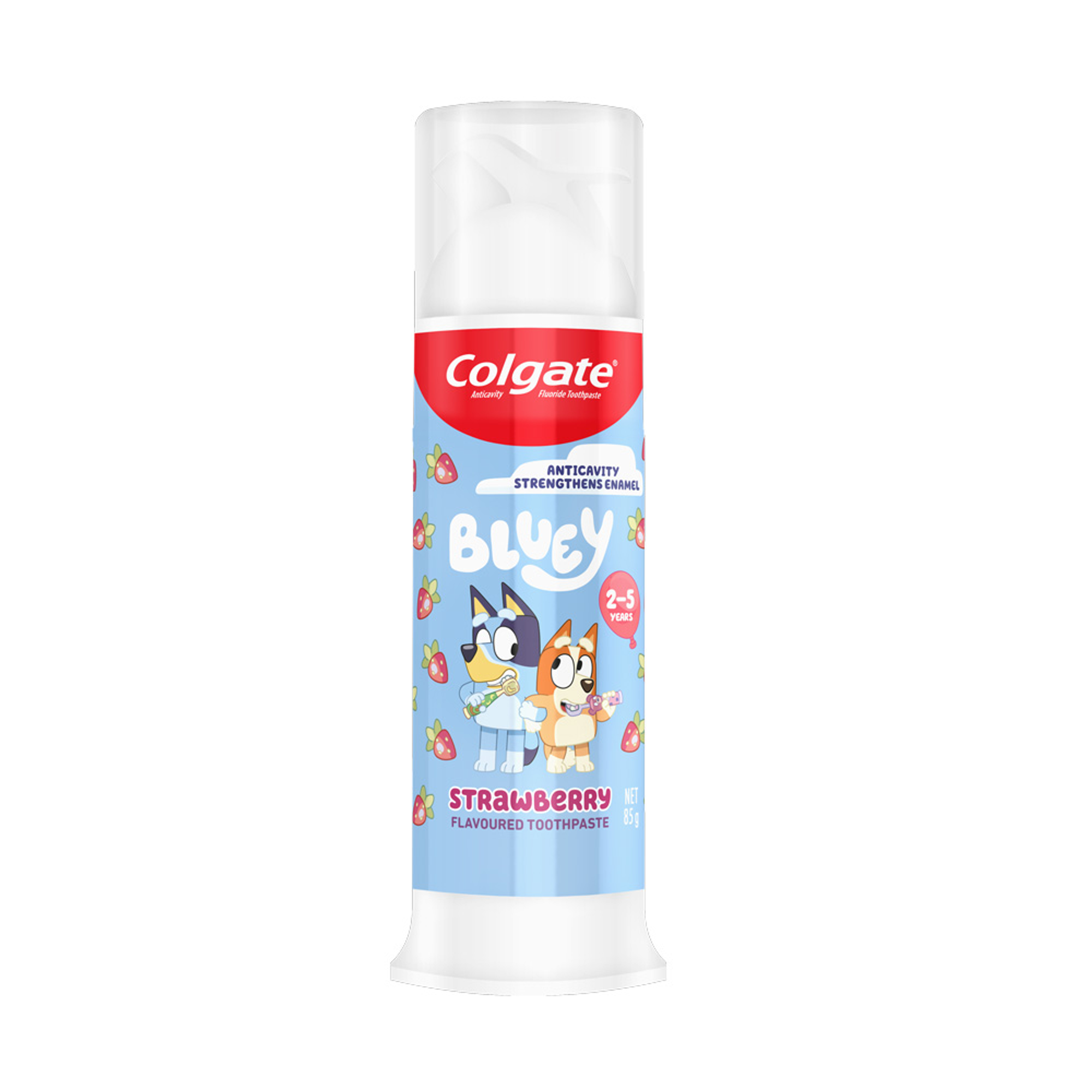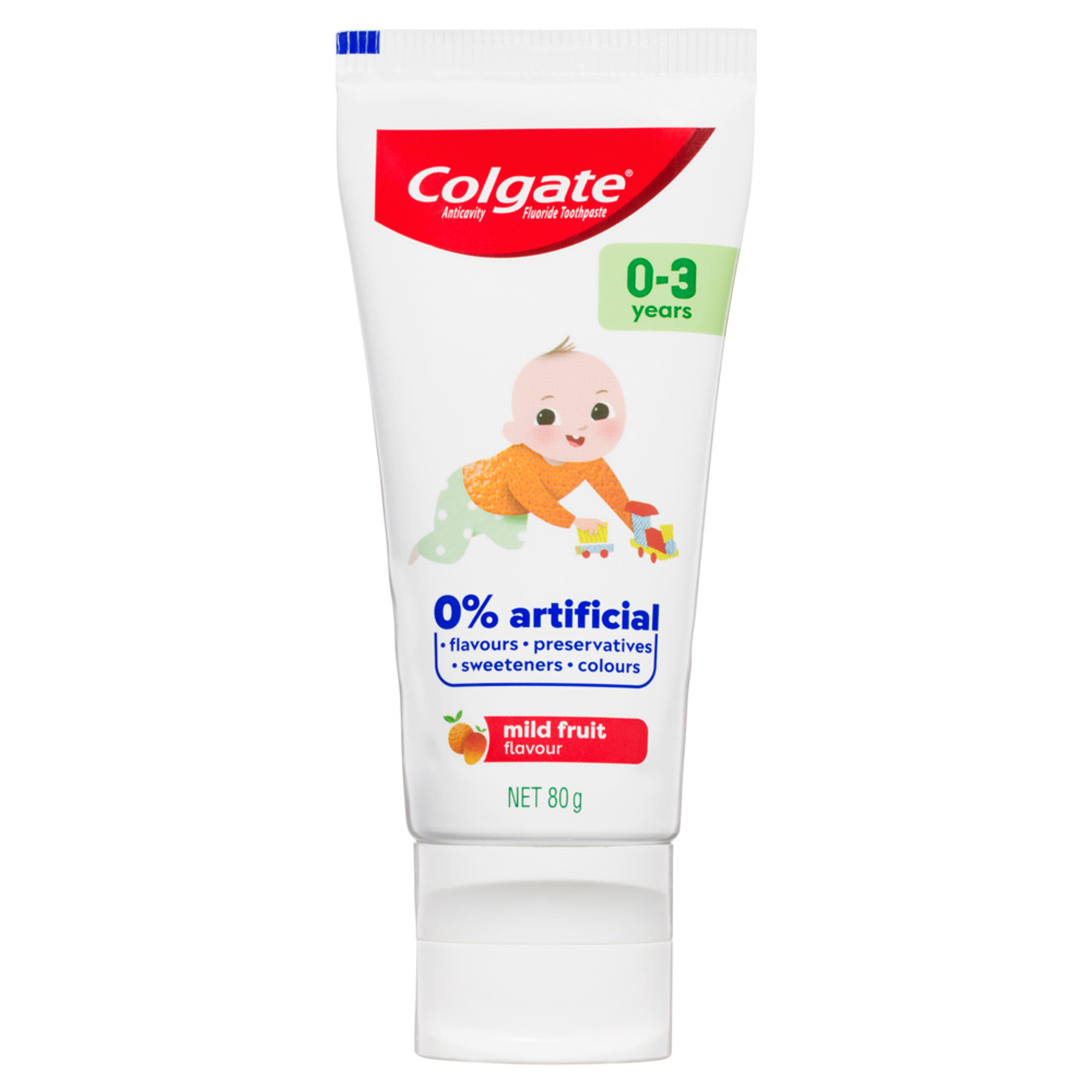-
-

BRUSHING & FLOSSING
How to BrushWhat Is the Right Way to Brush?
Proper brushing takes at least two minutes — that's right, 120 seconds!...

BRUSHING & FLOSSING
How To FlossWhat is the Right Way to Floss?
Proper flossing removes plaque and food particles in places where a toothbrush cannot easily reach... -
Science & Innovation
- Colgate® | Toothpaste, Toothbrushes & Oral Care Resources
- Oral Health
- Baby Teething Timeline
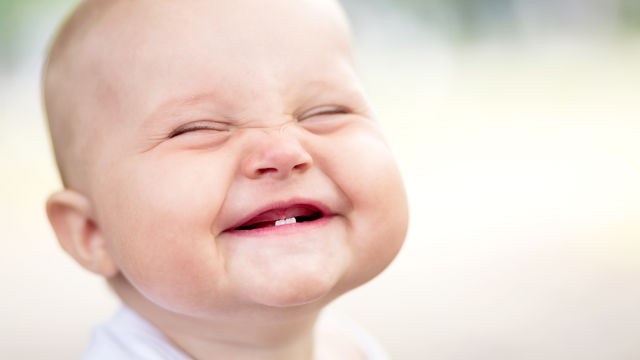

Teething is an exciting but often challenging milestone in your baby’s development. The process begins long before the first tooth erupts, and lasts until around three years of age. Here’s what to expect at every stage, from the gestation period to the toddler years.
Before Birth
The teeth start to develop during gestation. In weeks 6-8, tooth buds begin to form under the gums. By 12-16 weeks, the hard outer surface of the teeth has formed around them. They then sit complete under the gums until they’re ready to erupt, or break through, a few months after birth.
The prenatal diet plays an important role in the development of the teeth and can impact dental health for years to come. Mums can support baby’s teeth by getting lots of vitamins and nutrients, particularly calcium, phosphorus and vitamin D.
Birth to Four Months
You won’t see your baby’s teeth for a while yet, but they’re already in there waiting to come out! In the meantime, the Australian Dental Association (ADA) suggest getting baby’s oral health off to a good start by gently cleaning the gums with a soft, clean cloth twice a day.
Four to Ten Months
According to the ADA, your baby’s teeth will start to erupt at between four and ten months old. This happens due to the root of the tooth forcing it upwards and through the soft tissue, which understandably causes some discomfort for baby.
Common signs that your baby is teething include:
- Red, swollen gums.
- Flushed cheeks.
- Biting toys or other firm objects.
- Sucking or chewing on hands and fingers.
- Drooling excessively.
- Irritability, fussiness or restlessness.
- More frequent or intense crying.
- Refusal of food.
- Difficulty sleeping.
You can help to soothe your baby’s teething discomfort by:
- Gently massaging the gums with a clean finger or a soft cloth.
- Giving the baby chilled (but not frozen) teething toys, rings or cloths to chew on.
- Giving the baby teething rusks, biscuits or bread crusts to chew on (if they are already eating solid foods)
As soon as the first tooth pokes through, it’s important to start brushing. The ADA suggests using a soft children’s toothbrush to clean bacteria from around the teeth and prevent decay, but they advise against using toothpaste until baby is at least 18 months of age.
Ten to Twelve Months
By this point, most babies have around 6-8 teeth. The ADA recommends scheduling your baby’s first dental appointment as soon as you see the first tooth, but if you haven’t already, it’s important to do so before your baby’s first birthday.
Your dentist will be able to check that your baby’s teeth are developing properly, advise you on good oral health practices, and pick up on any potential habits or problems early on.
One to Three Years
The ADA says that your baby’s first molars will start to push through at around 13-14 months. Because of the wide, flat surface, these are often more painful that the sharp, pointed incisors. They’re usually followed by the incisors at around 18 months, and then the second molars at around 27 months.
By the age of three, your baby should have a full set of 20 pearly whites!
This article is intended to promote understanding of and knowledge about general oral health topics. It is not intended to be a substitute for professional advice, diagnosis or treatment. Always seek the advice of your dentist or other qualified healthcare provider with any questions you may have regarding a medical condition or treatment.
Related Products

Helping dental professionals
More professionals across the world trust Colgate. Find resources, products, and information to give your patients a healthier future






